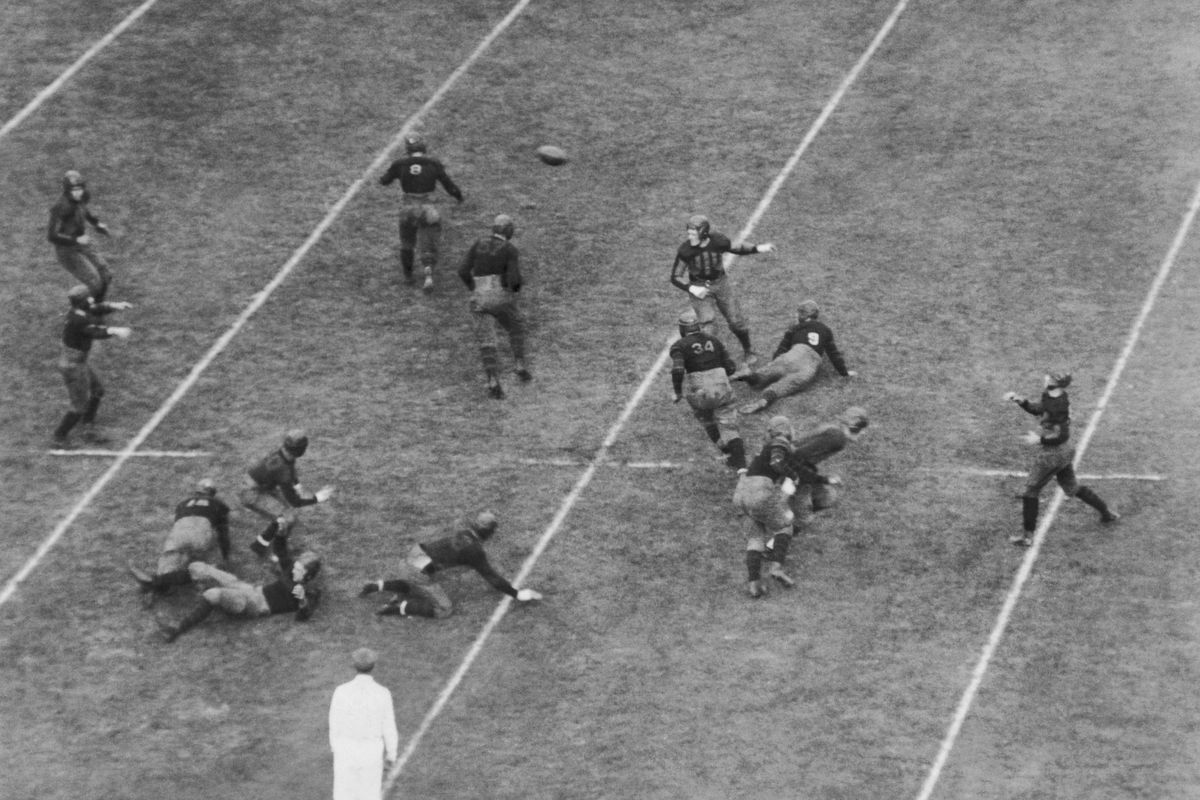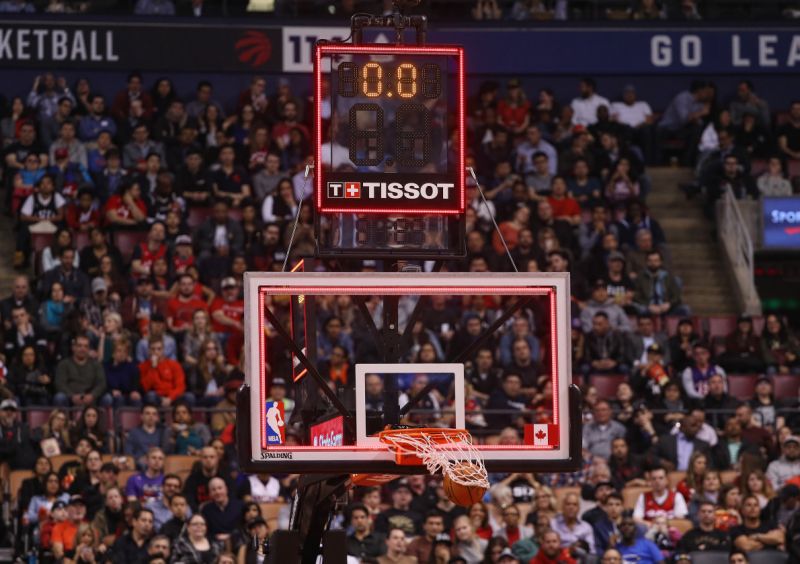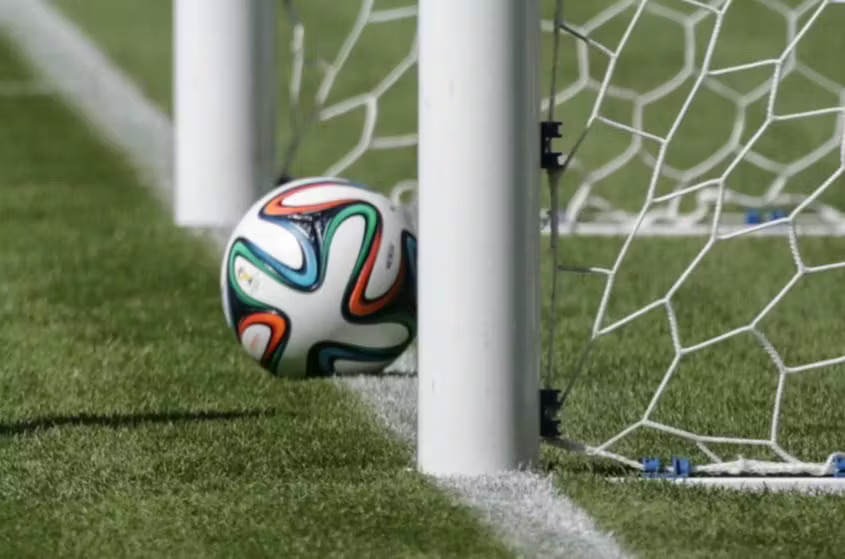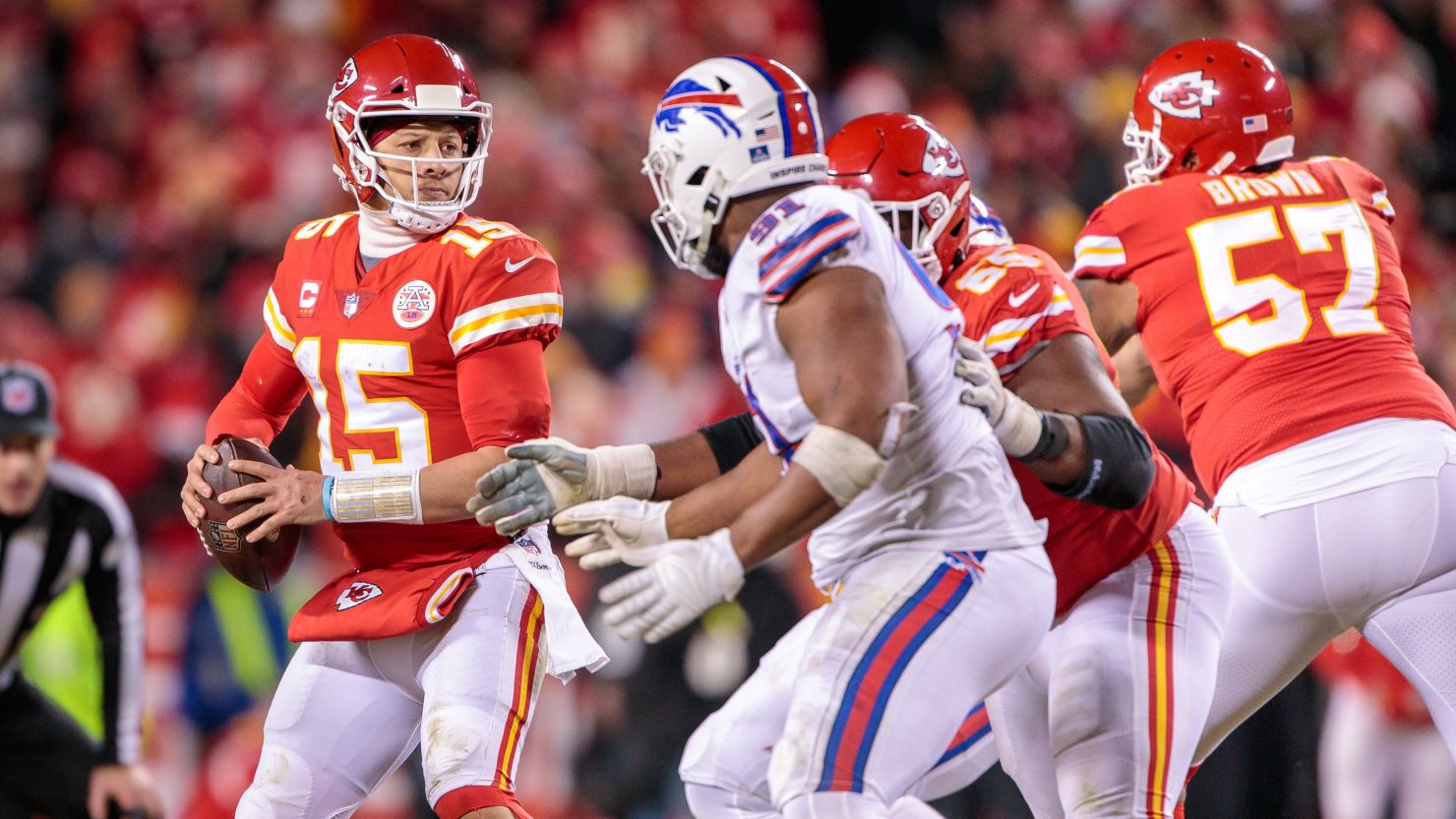Sports have continuously evolved to keep pace with changing societal norms, technological advancements, and the need to enhance entertainment value. Key rule changes have played a pivotal role in transforming games, making them fairer, safer, and more thrilling. These changes have not only reshaped how sports are played but also how they are experienced by fans. This exploration highlights ten of the most impactful rule changes that revolutionized the world of sports.
1. The Forward Pass in American Football
In 1906, the forward pass reshaped American football by shifting the emphasis from brute force to strategic play. Before its introduction, the game was slow and physically punishing, relying on running plays to advance the ball. The forward pass opened the field, allowing for dynamic, long-yardage plays that thrilled audiences. This rule remains a cornerstone of modern football, forever altering the sport’s strategy and appeal.

2. The Shot Clock in Basketball
Basketball saw a seismic shift in 1954 with the introduction of the 24-second shot clock. Before this rule, teams could stall indefinitely, leading to dull, low-scoring games. The shot clock forced faster gameplay, significantly increasing scoring and excitement. It transformed basketball into a high-energy sport, drawing new fans and fundamentally redefining its tempo and strategy.

3. The Offside Rule in Soccer
In 1925, soccer’s offside rule was adjusted to allow for more attacking play. By reducing the number of defending players required to keep an attacker onside, the game became faster and more goal-oriented. This change encouraged creative and aggressive tactics, making soccer more thrilling for players and fans alike. The amendment had a lasting impact on the global appeal of the sport.

4. The Three-Point Line in Basketball
The three-point line, introduced in 1979, revolutionized basketball strategy. It incentivized long-range shooting and created new roles for players specializing in perimeter shots. Teams adapted by designing offenses around this new scoring option, changing the geometry of the court. Over time, the three-pointer became a defining element of modern basketball, shaping its evolution and competitive dynamics.

5. Video Replay Review in Various Sports
The implementation of video replay technology in the 2000s marked a turning point in sports officiating. By enabling referees to review critical decisions, it drastically improved the accuracy and fairness of calls. While it occasionally slowed gameplay, the ability to overturn incorrect rulings ensured pivotal moments were decided justly. Video replay is now an integral part of maintaining the integrity of sports.

6. Tiebreakers in Tennis
Before the tiebreaker was introduced in 1970, tennis matches could extend indefinitely, testing the endurance of players and patience of fans. The tiebreaker resolved sets quickly, adding tension and drama while maintaining fairness. This innovation streamlined the sport, making matches more viewer-friendly and heightening their unpredictability, particularly in high-stakes tournaments.

7. The Two-Point Conversion in Football
In 1994, the NFL introduced the two-point conversion, allowing teams to score additional points after a touchdown by executing a successful play. This rule added strategic complexity to the game, giving trailing teams a chance for dramatic comebacks and creating suspenseful moments for fans. The two-point conversion continues to inject excitement and unpredictability into football.

8. Goal Line Technology in Soccer
Introduced in 2012, goal line technology brought precision and fairness to soccer by ensuring disputed goals were correctly judged. By utilizing high-tech sensors and cameras, this system eliminated human error in determining whether the ball crossed the line. Its widespread acceptance underscores its importance in preserving the integrity of the sport, particularly in critical matches.

9. Sudden Death Overtime in Football
Sudden death overtime, adopted in 1940, introduced high-stakes drama to football by making the first score in extra time decisive. This rule created urgency and unforgettable moments, as teams were forced to adopt aggressive strategies. Although it has evolved, the spirit of sudden death continues to captivate fans, adding an electrifying edge to close games.

10. The Designated Hitter in Baseball
In 1973, Major League Baseball’s American League introduced the designated hitter rule to enhance offensive output. By allowing a batter to replace the pitcher in the lineup, this rule increased scoring and made games more exciting. Though divisive, the designated hitter remains a critical and enduring element of baseball’s strategic identity.

Rule changes have shaped the evolution of sports, enhancing their fairness, excitement, and strategic depth. From the forward pass in football to the introduction of video replays, these adjustments have left an indelible mark on how games are played and celebrated. By adapting to the times, sports have managed to remain relevant and thrilling, proving that change is essential for progress.







